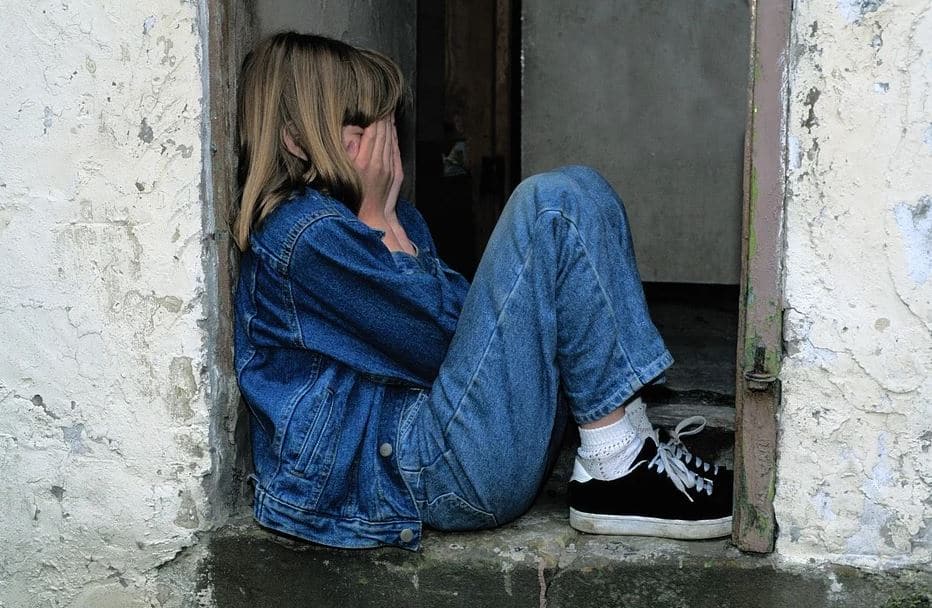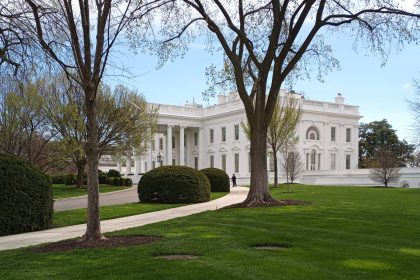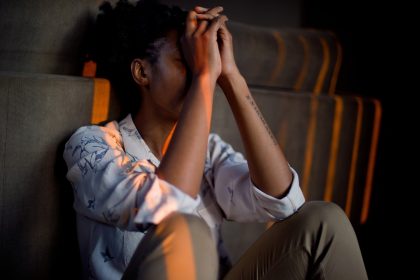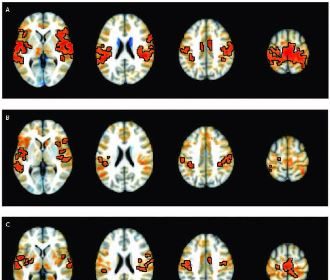Proactive Approach Needed to Mitigate COVID Suicide Concerns

WASHINGTON – When an 11-year-old girl recently went to an emergency room in Connecticut, she was asked if she had been thinking about killing herself as part of a suicide screening. To her mother’s shock, since they were there about an unrelated matter, she said yes. She had been thinking about killing herself for a while, but just didn’t know who to talk to.
The Connecticut Children’s Emergency Department found out about this child’s concerning thoughts because it had made it a policy to screen children as young as 10 years old with a universal suicide screening, Chairperson Rosa DeLauro, D-Conn., recounted during a Congressional hearing on mental health and substance use last week. This story is not unique, especially since the coronavirus outbreak.
Coronavirus has led to an increase in a combination of undesirable trends including drug overdoses, stress, and suicidal thinking, even among young children.
The Centers for Disease Control reported that there were a record number of visits to hospital emergency departments across the country for mental health reasons, from April to October last year, by young people. During that time, compared to 2019, mental health visits for five-11-year-olds were up 24% and visits for 12-17-year-olds were up 31%.
“The kids that we are seeing now in the emergency department are really at the stage of maybe even having tried or attempted or have a detailed plan,” Dr. Vera Feuer, director of Pediatric Emergency Psychiatry at Cohen Children’s Medical Center of Northwell Health in New York, told reporters at NPR. “And we’re admitting to the hospital more kids than usual because of how unwell they are.”
It is a trend that has pushed the subcommittee to try to direct money to local communities through coronavirus relief efforts to help address these issues. For instance, they have passed the CARES Act, the December Emergency Bill, and most recently the American Rescue Plan Act, which was signed into law by President Biden on Thursday, March 11.
H.R.1319, or The American Rescue Plan Act of 2021, offered relief measures for the impact of the virus. In addition to economic relief, it offered funding for agriculture and nutrition programs like food stamps as well as mental health and substance-use disorder services.
It is part of a strategy which experts hope will push the country’s mental health model to be more proactive and to increase prevention and early intervention at the community level.
But addressing these concerning trends moving forward may also require more community-focused efforts, especially since the impact of the coronavirus has hit communities across the country differently.
The American Society for Pediatrics’ 2021 Stress in America publication released this week, reported that not only has stress risen significantly but it has impacted essential workers, minorities, and youth even more severely.
The testimony of Mark Stringer, the director of the Missouri Department of Mental Health, pointed towards similar trends in substance use which suggest both that overdose deaths are significantly up, and also that this has been much worse for minority and other at-risk communities.
“Without a doubt, our nation is experiencing psychological trauma and distress,” said Arthur Evans, chief executive officer and executive vice president of the American Psychological Association. “And we know from previous research that this will continue and that we will continue to have problems in the months and years to come.”
Evans’ Congressional testimony stressed the need to focus on the “population health approach” by looking at the social factors that fuel mental health issues and by investing in things such as school-based mental health services.
The Subcommittee of Departments of Labor, Health and Human Services, Education, and Related Agencies held the hearing on Thursday, March 11, one year after the World Health Organization declared coronavirus a global pandemic.






















